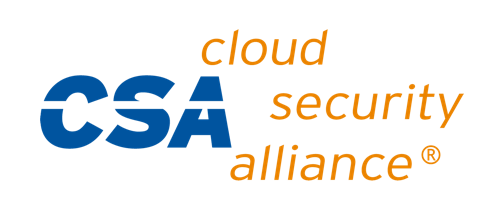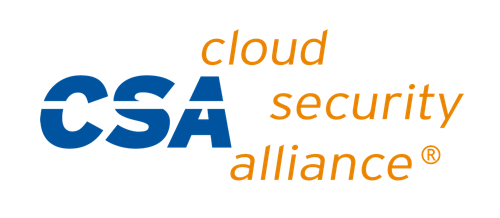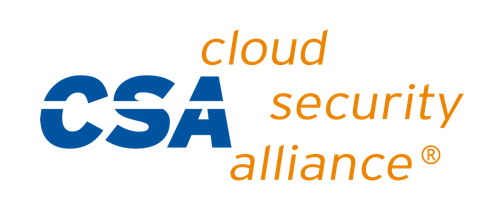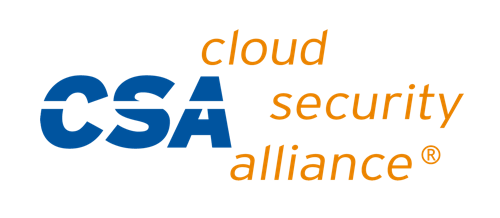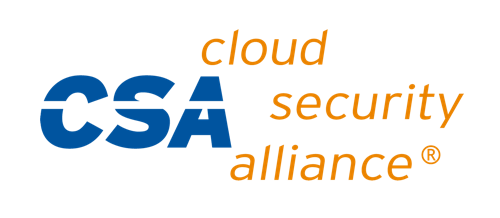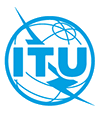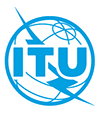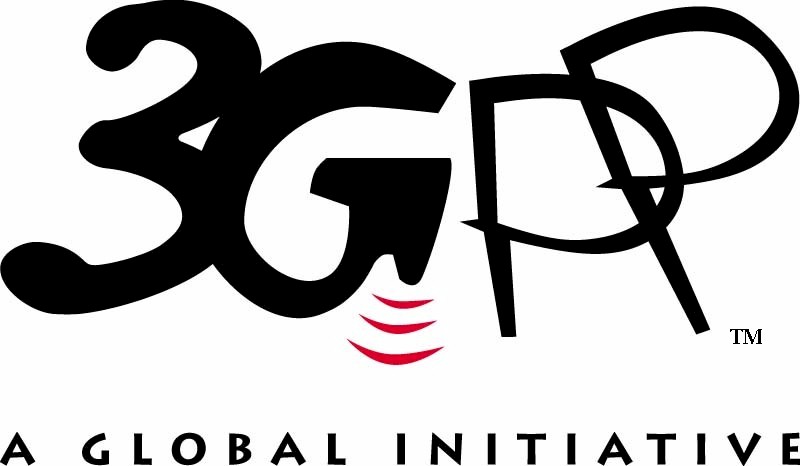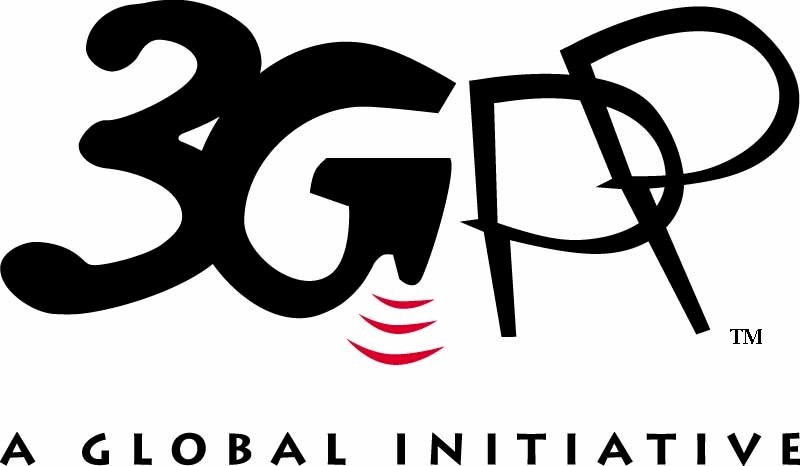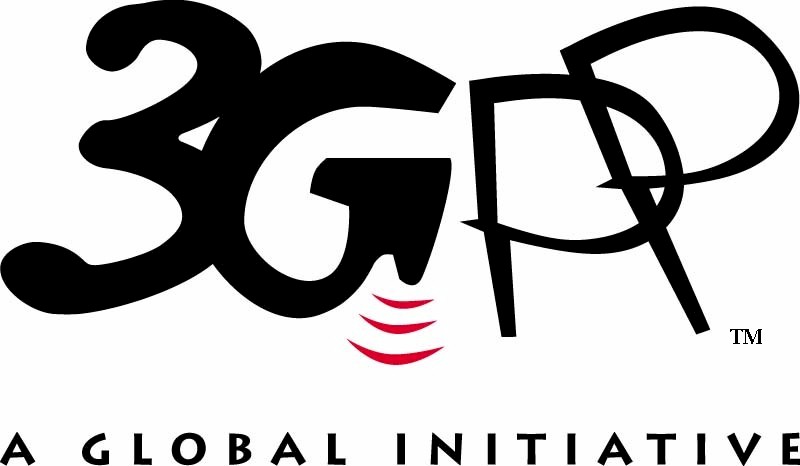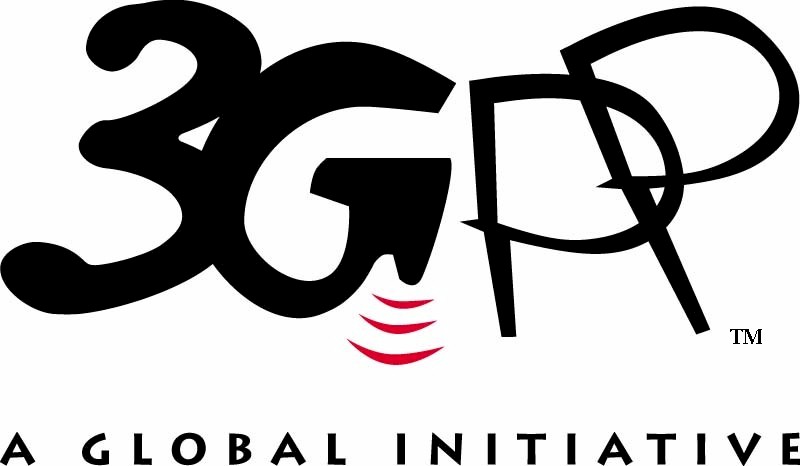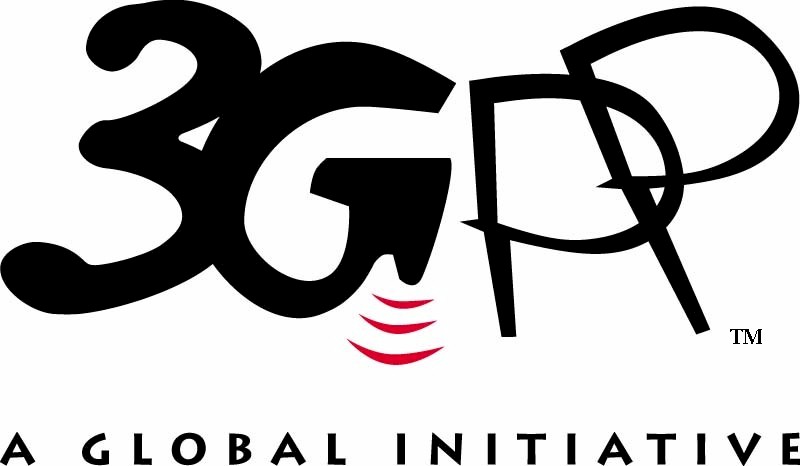Cloud Security Services Management
Collaboration and coordination among all stakeholders are critical to secure the cloud platform. The current gap is that there is no defined guideline dividing the security roles and responsibilities between the Cloud Service Providers (CSPs) and Cloud customers; on how to secure Cloud services in different Cloud deployment models. This is especially the case for those who have little cloud security knowledge. This WG aims to develop guidelines for CSPs to secure its Cloud platform and provide Cloud security services to Cloud users; for Cloud users to select security qualified CSPs; for security vendors to develop their Cloud-based security products and services. Subsequently, this WG hopes to develop a platform for CSPs to publish their security requirements; for security vendors to share their security products and services, and to provide a platform for interoperability testing.
